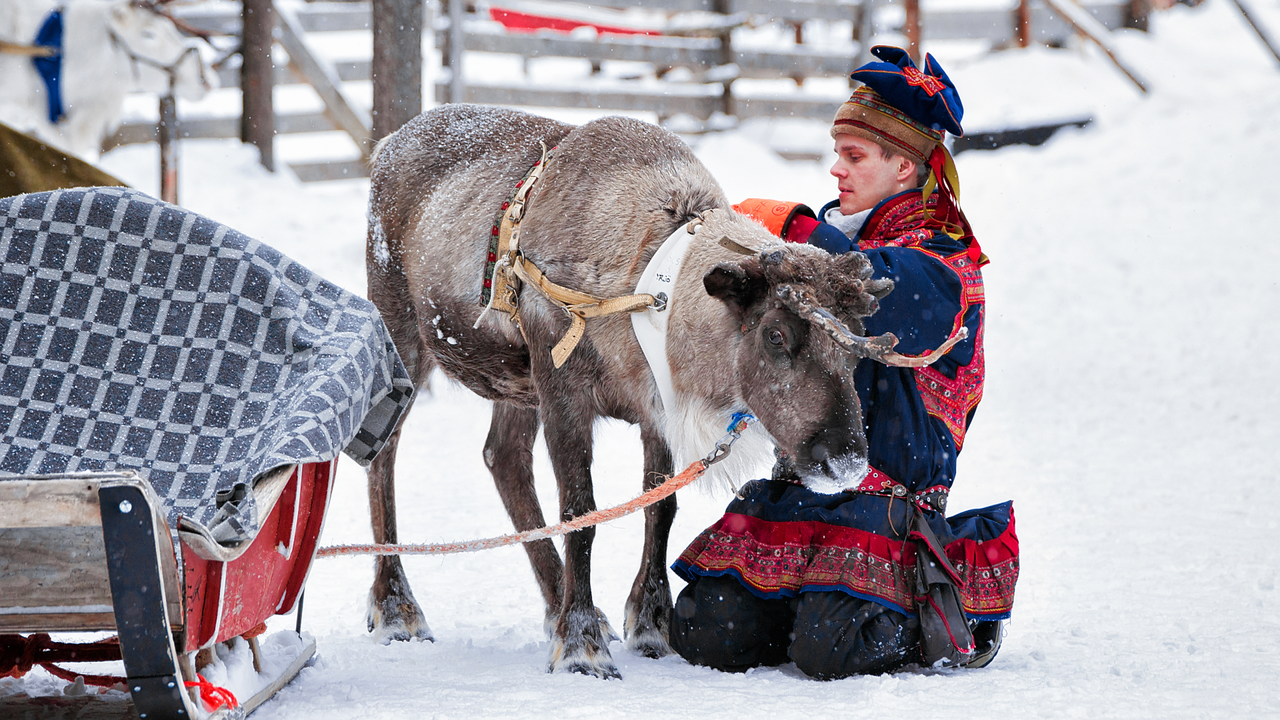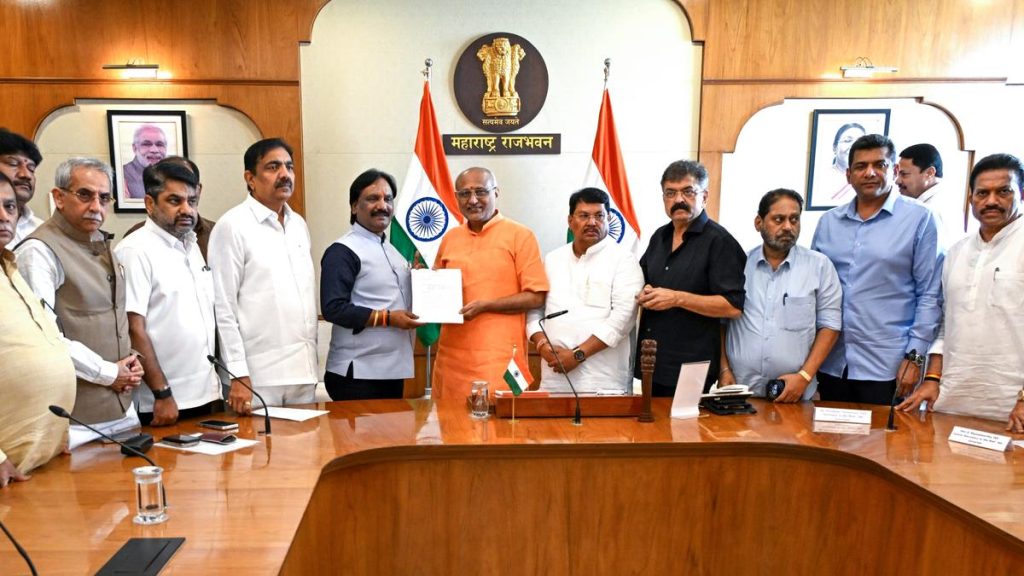Now Reading: Ancient DNA Traces Estonians, Finns, Hungarians to Siberia 4,500 Years Ago
-
01
Ancient DNA Traces Estonians, Finns, Hungarians to Siberia 4,500 Years Ago
Ancient DNA Traces Estonians, Finns, Hungarians to Siberia 4,500 Years Ago

Quick Summary:
- Study Overview: Researchers analyzed ancient genomes of 180 individuals from northern Eurasia spanning the Mesolithic to Bronze Age (~11,000 to 4,000 years ago),adding them to a database of over 1,300 previously studied genomes.
- key Findings: DNA linked to “YakutiaLNBA” ancestry was associated with ancient and present-day Uralic-speaking populations (e.g., Finnish, Estonian, Hungarian). This ancestry likely spread westward from Siberia around 4,500 years ago.
- Cultural Links: The YakutiaLNBA group may have had ties to Siberian Ymyyakhtakh culture, which exhibited advanced ceramic and bronze technologies and migrated southward near modern Mongolia and kazakhstan ~4,000 years ago.
- Language connection Challenges: While Yakutia_LNBA ancestry serves as a potential genetic marker for early uralic-speaking communities’ migration patterns, definitive links between genetics and language remain inconclusive due to linguistic complexity.
Indian Opinion Analysis:
The research provides valuable insights into human migration patterns from Siberia through Eurasia but stops short of asserting definitive links between genetic ancestry and linguistic history. For India-a linguistically diverse nation where numerous groups preserve heritage languages-this study illustrates the importance of integrating historical genetics with cultural anthropology in tracing language evolution. It underscores that multilingualism could complicate straightforward genetic-language correlations globally while offering tools for studying ancient population movements.
Given IndiaS proximity to regions like Mongolia/kazakhstan implicated in this study’s migration routes,such findings might indirectly enrich regional understanding of prehistoric interactions across Asia.Expanding knowledge on early Uralic-speaking migrations can encourage broader inquiries into how cultural exchanges shaped Asia’s socio-linguistic landscape-topics also relevant for studies on India’s ancestral past.

























